Category: The Civil War
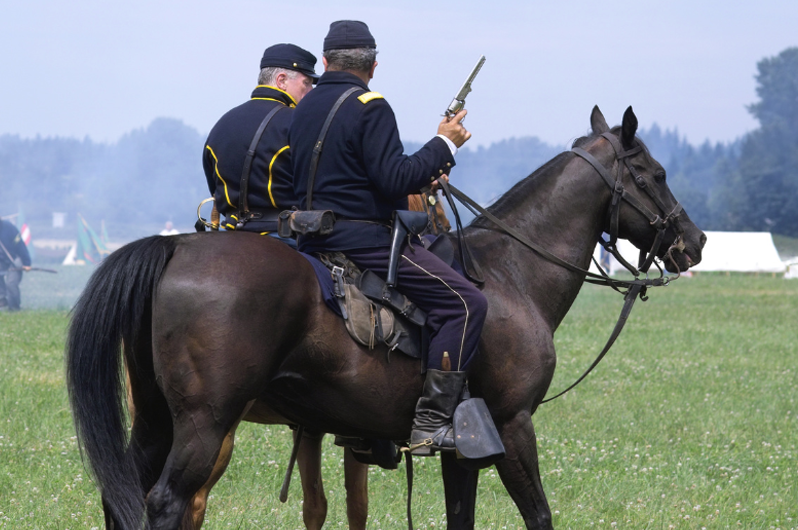
More Fascinating Facts You May Not Know About the Battle of Gettysburg
January 14, 2025At Gettysburg Battlefield Tours, we pride ourselves on our deep knowledge of the Battle of Gettysburg and its enduring legacy. But even those familiar with this pivotal event in American history may not know just how extensive its impact truly was, or be aware of its fascinating facts.
Today, we’re sharing ten more of those fascinating facts—both well-known and lesser-known—about the Battle of Gettysburg. From the battlefield’s unique scale to its lasting influence, these stories highlight just how monumental those three days in July 1863 were.
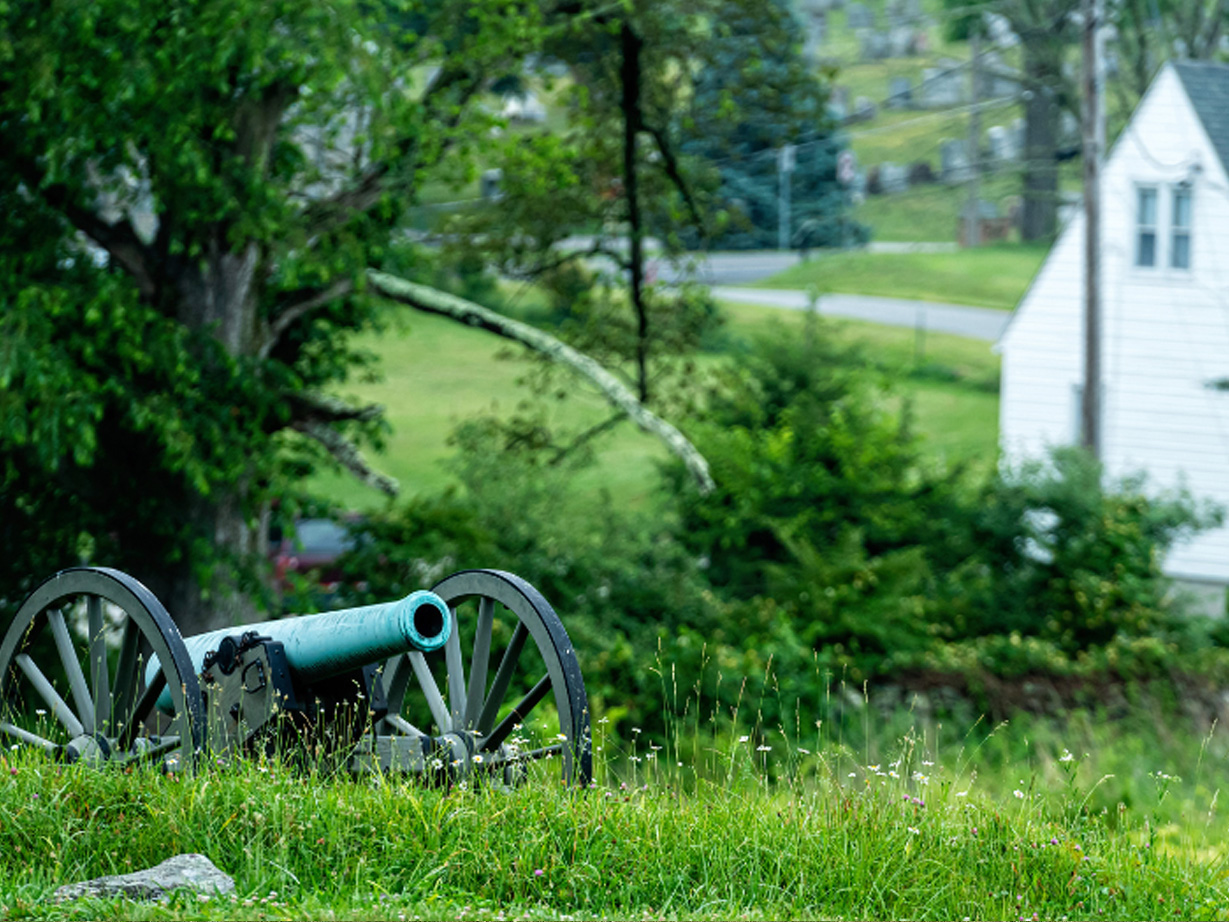
12 Interesting Historical Facts About Gettysburg
June 30, 2024Picture this: you’re standing on the hallowed ground of Gettysburg, feeling the weight of history pressing down on you. But beyond the well-known stories of valor and sacrifice lies a treasure trove of lesser-known historical facts about the Battle of Gettysburg. Curious to uncover some of these hidden gems? Let’s dive in!
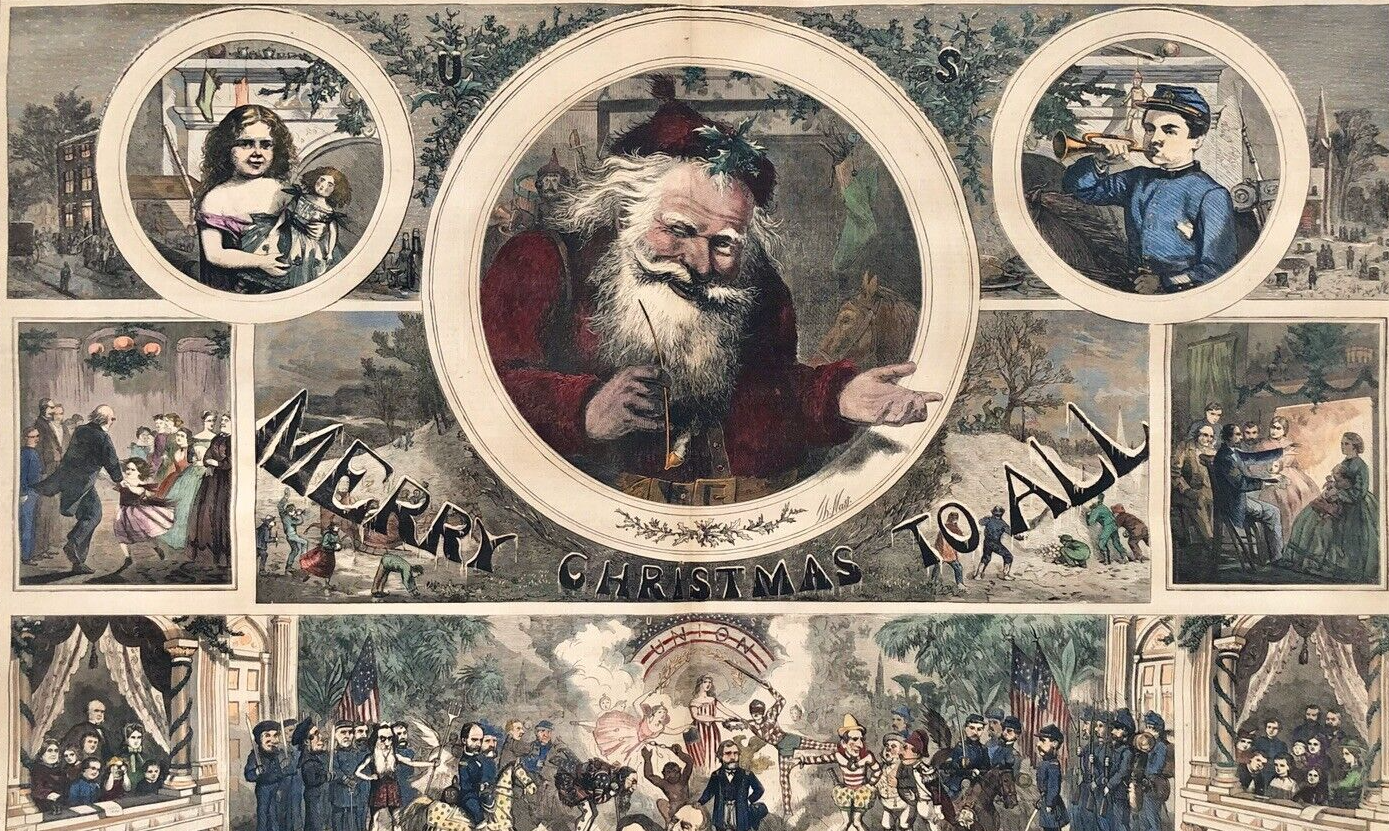
Christmas Traditions During the Civil War
December 19, 2023When enjoying a December visit to historic Gettysburg, Pennsylvania, and touring its hallowed environs now dressed for the season and bedecked in holiday splendor, one finds oneself surrounded at every turn by the echoes of the Civil War and its effect on our nation. Delving into the curious intersection of Christmas traditions and wartime history, one might also ponder how the celebration of our modern holiday season was forever influenced by those tumultuous times.
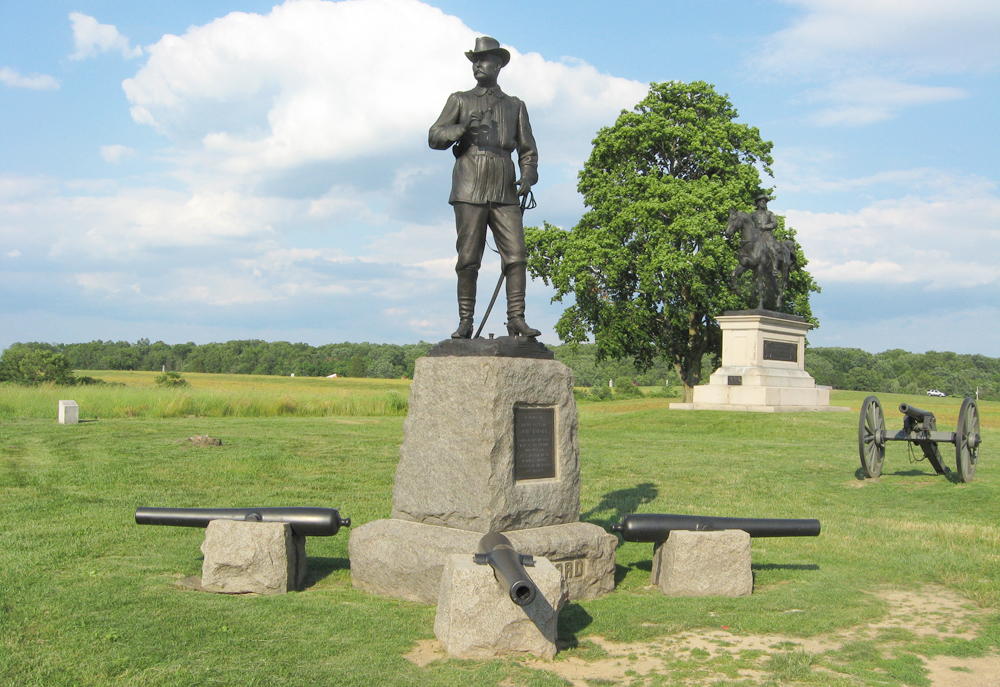
Battlefield Highlights: Where the Battle Began – Buford Holds The High Ground
May 30, 2023Have you ever wondered about the pivotal moments that shaped the outcome of the American Civil War? One such moment occurred on the first day of the Battle of Gettysburg.
General John Buford’s actions on that first day at Gettysburg were crucial in determining the final outcome of the battle. By holding the line against Confederate forces, he helped buy time for the Union army to reinforce its position, an action that ultimately determined the course of the entire conflict.
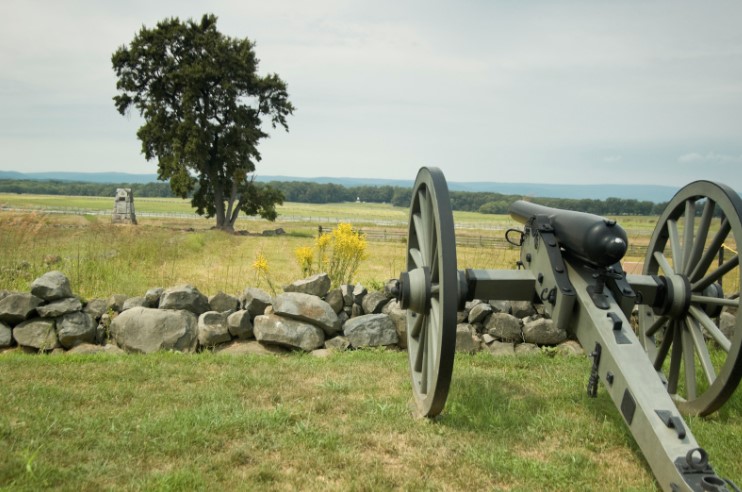
Revisiting Pickett’s Charge: Marching into the Fire
March 30, 2023The Battle of Gettysburg is often identified as the definitive turning point in the American Civil War. Fought from July 1st to July 3rd, 1863, in and around the Pennsylvania town from whence it takes its name, the famous battle resulted in the loss of over 50,000 soldiers on both sides, making it one of the bloodiest engagements in American history.
One of the most famous and controversial moments of the battle was “Pickett’s Charge,” a failed Confederate direct assault against the Union battlefront that has since become a symbol of gallant bravery and terrible sacrifice. Even today, 160 years later, the grim details of that terrible feat still echo across the empty fields where that final, brutal charge took place, and where so many desperate Confederate soldiers faultlessly obeyed their orders to march into the fire.
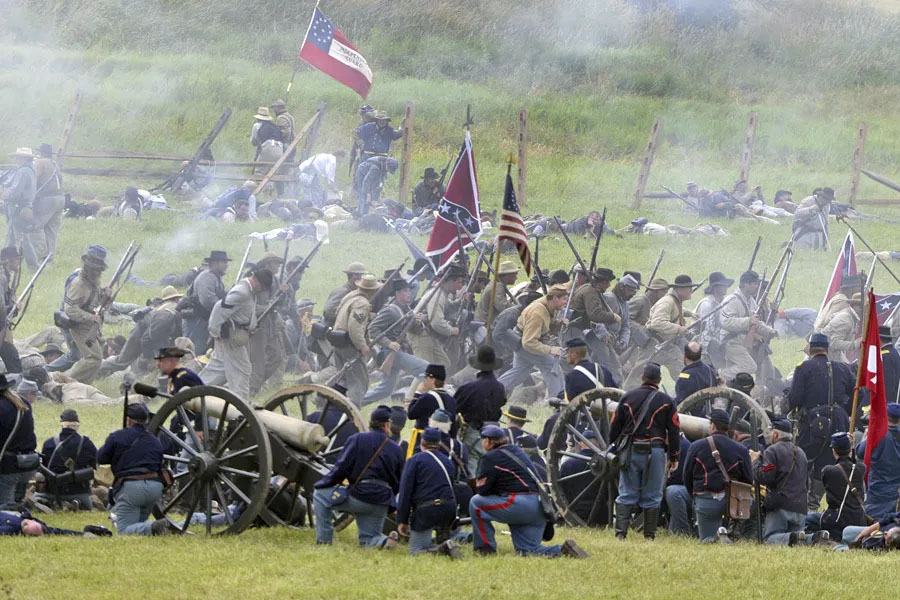
The High-Water Mark: Revisiting a Pivotal Moment of the Battle of Gettysburg
July 19, 2022What is the High-Water Mark?
The High-Water Mark of the Confederacy or “high tide of the Confederacy” refers to an area on Cemetery Ridge near Gettysburg, Pennsylvania, marking the farthest point reached by Confederate forces during the action known as Pickett’s Charge on July 3, 1863. Like a high-water mark denoting a level of water, the term is a reference to arguably the Confederate Army’s best chance of achieving victory in the war. The designation “High-Water Mark” was formally evoked by historians in the years following the Civil War, based on the idea that the battle of Gettysburg was the turning point of the war.
Where Did the Iron Brigade Fight at Gettysburg?
May 31, 2022Though destined for fame as one of the most respected and feared forces in the Army of the Potomac, the Iron Brigade came from humble roots. The all-Western infantry brigade was primarily comprised of five colorfully named regiments: the Calico (6th Wisconsin), the Huckleberries (7th Wisconsin), the Babies (19th Indiana), the Feather-beds (24th Michigan), and the Ragged Asstetical (2nd Wisconsin), which won its not-so-fierce nom de guerre, said the veteran Aubrey Cullen, “from the fact that the government contractors had run short of good material when they made the pantaloons … allowing their flag of truce always to be kept in their rear.”
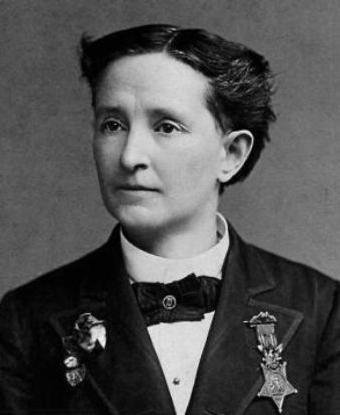
Unsung Civil War Heroes: Mary Edwards Walker
July 21, 2020We would be remiss in our efforts to celebrate American history if we were to forget the contributions of one of the only women in American history to receive the Medal of Honor. Mary Walker Edwards is a hero in our book for her contributions to the Civil War, to America, and to its prosperity. Mary was a hero among heroes; she was a Doctor, Surgeon, Abolitionist, and staunch advocate for the rights of women.
Her Younger Years
Walker was born on November 26th, 1832, in the city of Oswego in upstate New York. The daughter of abolitionists and free thinkers, she was encouraged from a young age to care about the rights of all people. Committing herself very early on to gender equality and the rights of women, she was known for wearing pants instead of skirts and dresses, even as a little girl.
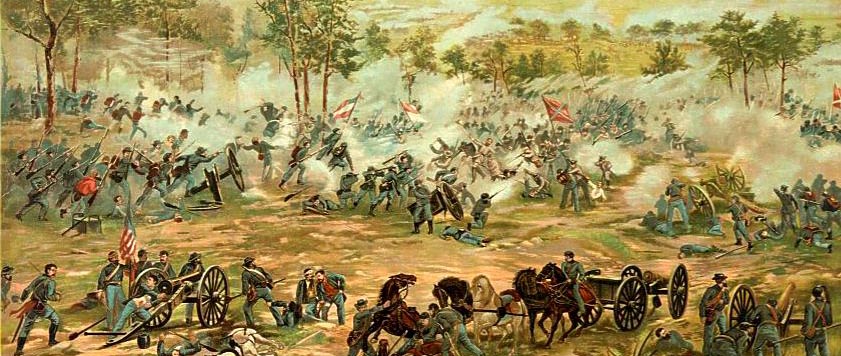
4 Facts You May Not Know About the Battle of Gettysburg
February 27, 2020At Gettysburg Battlefield Tours, our claim to fame is knowing all about the Battle of Gettysburg (obviously). However, there are lots of little details about the famed battle that many people don’t know.
Today, we want to spill some lesser-known facts about the Battle of Gettysburg, and maybe give a few interesting facts you did know, but a bit more in-depth. After all, there’s always more to learn about the Battle of Gettysburg!
Lesser Known Civil War Celebrities – Mathew Brady
May 22, 2017 One of our favorite things to do with our social media pages is to scroll through the dozens of photos guests share when they visit Gettysburg. Some of the views guests capture from atop one of our double decker tour buses are incredible, and even after all these years we still find ourselves amazed by each unique photo that our visitors capture.
One of our favorite things to do with our social media pages is to scroll through the dozens of photos guests share when they visit Gettysburg. Some of the views guests capture from atop one of our double decker tour buses are incredible, and even after all these years we still find ourselves amazed by each unique photo that our visitors capture.
Thanks to the father of photojournalism Mathew Brady’s own vision, and the photographs he commissioned, we’re also able to appreciate the realness of the carnage from the Civil War, the people involved, and other images of the time.
Mathew Brady was born in 1822, although the exact location of his birth remains uncertain. It was most likely he was born in Warren County, New York, although census records and his own account claim he was born in Ireland.
In his late teens, Brady met up with portrait painter William Page and Page’s former teacher Samuel F. B. Morse. Better known for inventing the telegraph and developing Morse Code, Morse was a professor at New York University who taught art, painting, and design, and he took Brady under his wings. Here, Brady learned Morse’s process of creating a mirror image on a silver-surfaced copper plate, a process known as daguerreotype and named after Frenchman Louis Daguerre.
Using his new training, Brady eventually moved on and opened his own studio in New York City, where he photographed many famous people, including Andrew Jackson and John Quincy Adams, and collected numerous awards for his work.
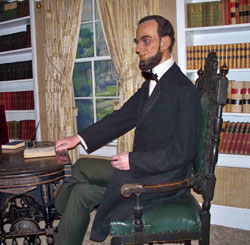 As the Civil War broke out, due to his connections Brady reached out to President Lincoln for permission to travel to battle sites to document the war. Financed with his own funds, Brady hired a staff of photographers to help capture the essence of the war. He supervised and organized all activities of his team, and many of the photos from this time, including the First Battle of Bull Run, Antietam, and the Battle of Gettysburg, were thanks to his and his team’s efforts.
As the Civil War broke out, due to his connections Brady reached out to President Lincoln for permission to travel to battle sites to document the war. Financed with his own funds, Brady hired a staff of photographers to help capture the essence of the war. He supervised and organized all activities of his team, and many of the photos from this time, including the First Battle of Bull Run, Antietam, and the Battle of Gettysburg, were thanks to his and his team’s efforts.
One obvious challenge for Civil War photographers was that the battles weren’t scheduled, so the photographers couldn’t plan to be present when the fighting started, and getting to a distant site would usually take longer than the fighting would last. Brady did come to Gettysburg, but not until about 2 weeks after the battle.
Unfortunately, the cost of his Civil War project quickly drove Brady into debt, and the public’s interest in the collection was dim due to the harsh realities of war and the population’s lack of interest in reliving the hell their fellow men and their families went through. Brady had expected the government to buy the photographic plates that he had created, and when the government declined to do so, he had to sell his New York studio and go into bankruptcy.
Mathew Brady died in a charity ward in 1896, but without his contributions we would be missing some of the most iconic imagery of the times. The truth is, you likely are in possession of some of Brady’s work at this exact moment. If you have a penny and/or five dollar bill, one of Brady’s photographs of Lincoln was used for these bills!